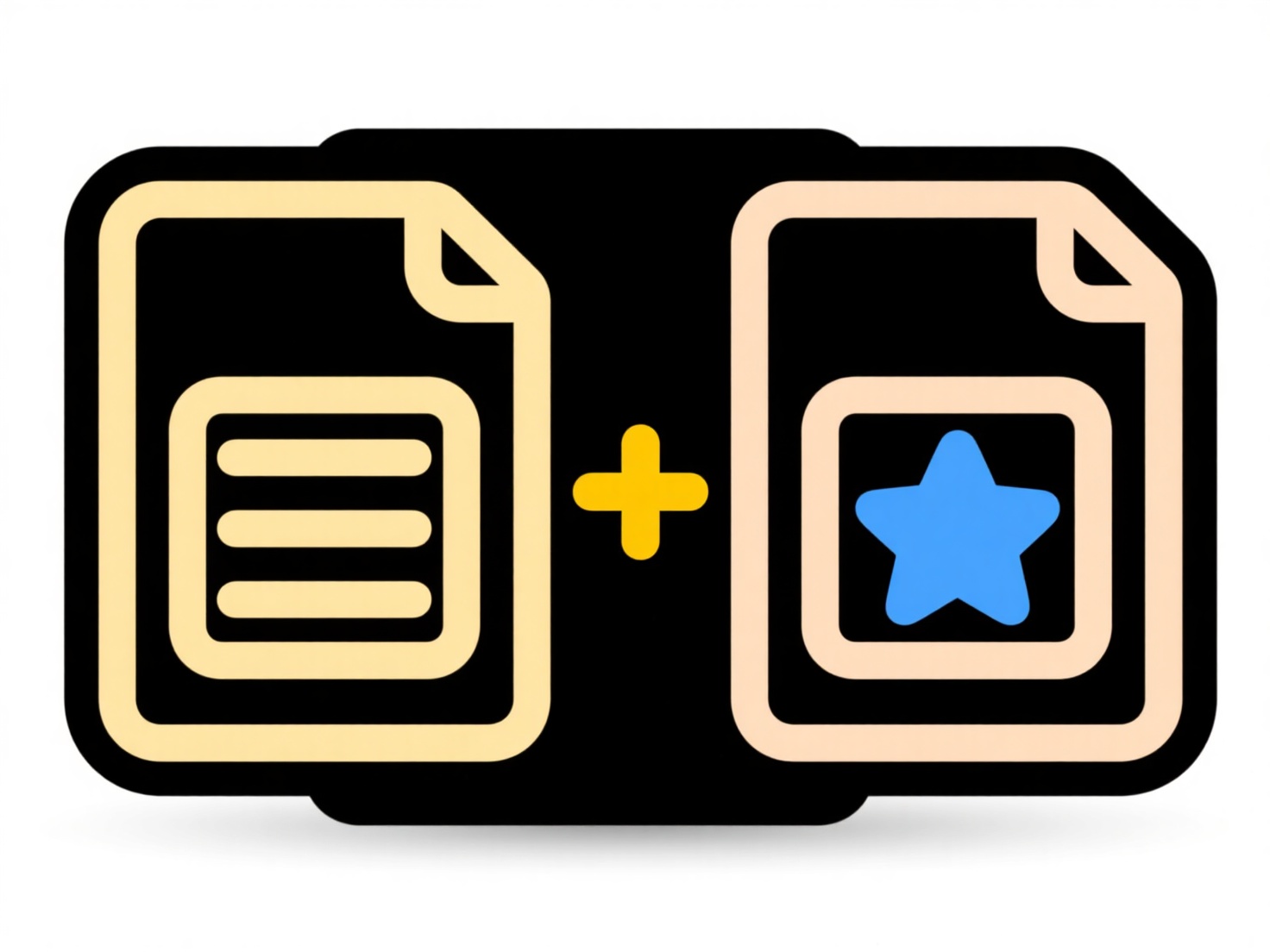
Internal file versions are temporary working drafts used solely by your team during creation and review. They help track progress and maintain order while changes happen frequently. In contrast, external versions are finalized, approved, and officially released to customers or partners. The key difference lies in audience and stability: internal versions are meant for collaboration and iteration, while external versions represent stable, official points of release ready for wider distribution.

In practice, a software development team might use sequential internal build numbers (like v1.0.0-build456) for daily testing, while designating major milestones (like v1.0.0 or v1.1.0) as external versions shipped to users. Similarly, a marketing department could manage numerous internal drafts of a brochure (e.g., 'Brochure_Q3_draft3'), only creating an external version (e.g., 'Customer_Brochure_v1.0') once fully approved for print or download from the website. Industries like legal, engineering, and publishing heavily rely on this distinction.
Clearly separating internal and external versions prevents user confusion over unfinished work and ensures only approved materials go public. Advantages include better change tracking, collaboration efficiency, and compliance adherence. A key limitation is the need for rigorous processes to prevent accidental external release of internal drafts. Consistent labeling (e.g., "DRAFT" watermark for internal, version numbers like v2.0 for external) and controlled access permissions are critical best practices to manage this effectively.
How do I manage internal vs external file versions?
Internal file versions are temporary working drafts used solely by your team during creation and review. They help track progress and maintain order while changes happen frequently. In contrast, external versions are finalized, approved, and officially released to customers or partners. The key difference lies in audience and stability: internal versions are meant for collaboration and iteration, while external versions represent stable, official points of release ready for wider distribution.

In practice, a software development team might use sequential internal build numbers (like v1.0.0-build456) for daily testing, while designating major milestones (like v1.0.0 or v1.1.0) as external versions shipped to users. Similarly, a marketing department could manage numerous internal drafts of a brochure (e.g., 'Brochure_Q3_draft3'), only creating an external version (e.g., 'Customer_Brochure_v1.0') once fully approved for print or download from the website. Industries like legal, engineering, and publishing heavily rely on this distinction.
Clearly separating internal and external versions prevents user confusion over unfinished work and ensures only approved materials go public. Advantages include better change tracking, collaboration efficiency, and compliance adherence. A key limitation is the need for rigorous processes to prevent accidental external release of internal drafts. Consistent labeling (e.g., "DRAFT" watermark for internal, version numbers like v2.0 for external) and controlled access permissions are critical best practices to manage this effectively.
Related Recommendations
Quick Article Links
Can Google Docs export to .docx format?
Yes, Google Docs allows you to export documents into the .docx format, which is the standard file format used by Microso...
How do I share a folder without sharing individual files?
Sharing a folder (or directory) means granting access to the entire container and its contents collectively, rather than...
How do I restrict access to a specific IP or domain?
Restricting access involves allowing or blocking connections based on the Internet Protocol (IP) address or associated d...